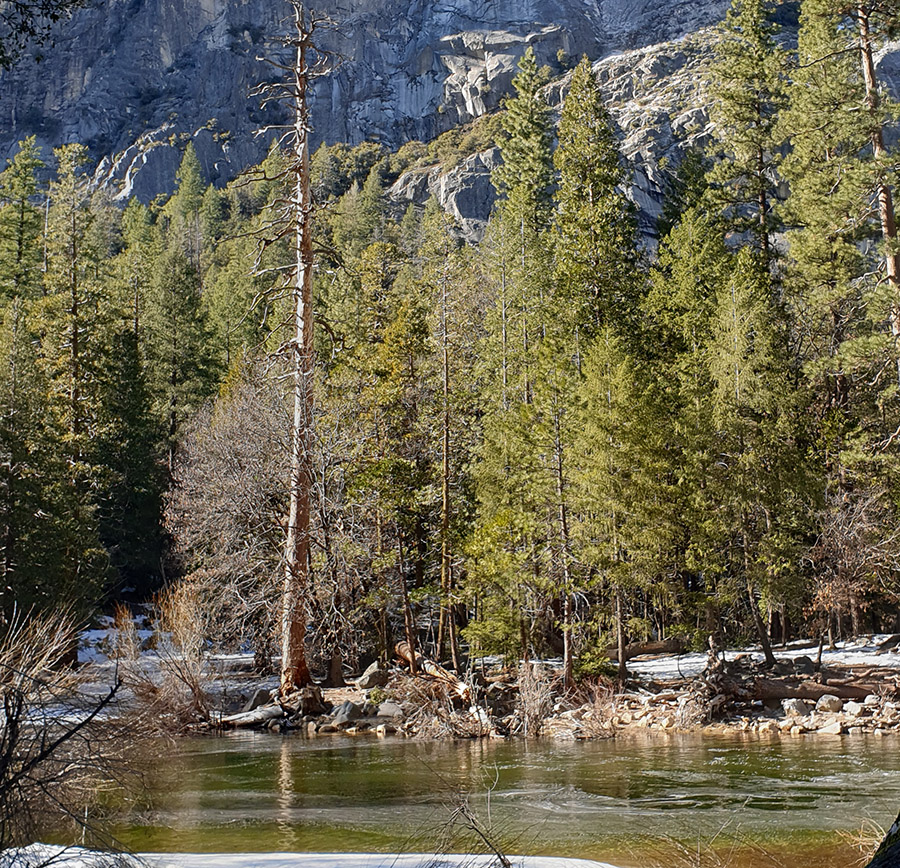National-scale proposals in the USA to protect 30% and 50% of all lands and waters are useful in assessing mature and old-growth forests (MOG) conservation targets given their precarious status. Our study was the first coast-to-coast, spatially explicit MOG assessment based on three structural development measures: canopy height, canopy cover, and aboveground living biomass to assess relative maturity.
MOG were displayed by major forest types (n = 22), landownerships (federal, state, private, and tribal), and Gap Analysis Project (GAP) management status overlaid on the NatureServe’s Red-listed Ecosystems and species, above-ground living biomass, and drinking water source areas. MOG total 67.2 M ha (35.9%) of all forest structural classes and were scattered across 8 regions with most in western regions.
All federal lands combined represented the greatest (35%) concentrations of MOG, 92% of which is on national forest lands with 9% on Bureau of Land Management (BLM) and 3% on national park lands (totals do not sum to 100% due to minor mapping errors in the datasets). MOG on national forest lands supported the highest concentration of conservation values. However, national forests and BLM lands did not meet lower bound (30%) targets with only 24% of MOG in GAP1,2 (5.9 M ha) protection status. The vast majority (76%, 20.8 M ha) of MOG on federal lands that store 10.64 Gt CO2 (e) are vulnerable to logging (GAP3).
If federal MOG are logged over a decade, and half their carbon stock emitted, there would be an estimated 0.5 ppm increase in atmospheric CO2 by 2030, which is equivalent to 9% of United States total annual emissions.
We recommend upper bound (100%) protection of federal MOG, including elevating the conservation status of Inventoried Roadless Areas. This would avoid substantial CO2 emissions while allowing ongoing carbon sequestrationto act as natural climate solutions to aid compliance with the Paris Climate Agreement and presidential executive orders on MOG and 30% of all lands and waters in protection by 2030. On non-federal lands, which have fewer MOG, regulatory improvements and conservation incentives are needed.
Article authors
Dominick DellaSalla
Brendan Mackey
Patrick Norman
Cyril Kormos
Heather Keith
Brendan Rogers
Additional authors
Carly Campbell and Patrick J. Comer,
Reference
DellaSala DA, Mackey B, Norman P, Campbell C, Comer PJ, Kormos CF, Keith H and Rogers B (2022) Mature and old-growth forests contribute to large-scale conservation targets in the conterminous United States. Frontiers in Forests and Global Change 5:979528. doi: https://doi.org/10.3389/ffgc.2022.979528







